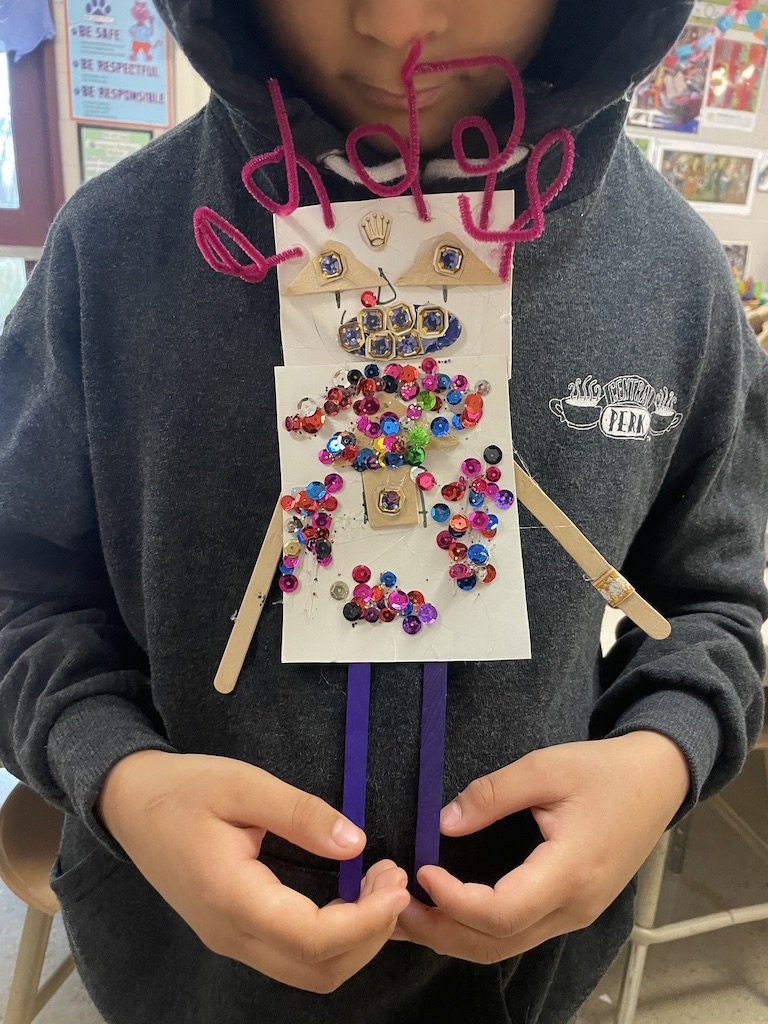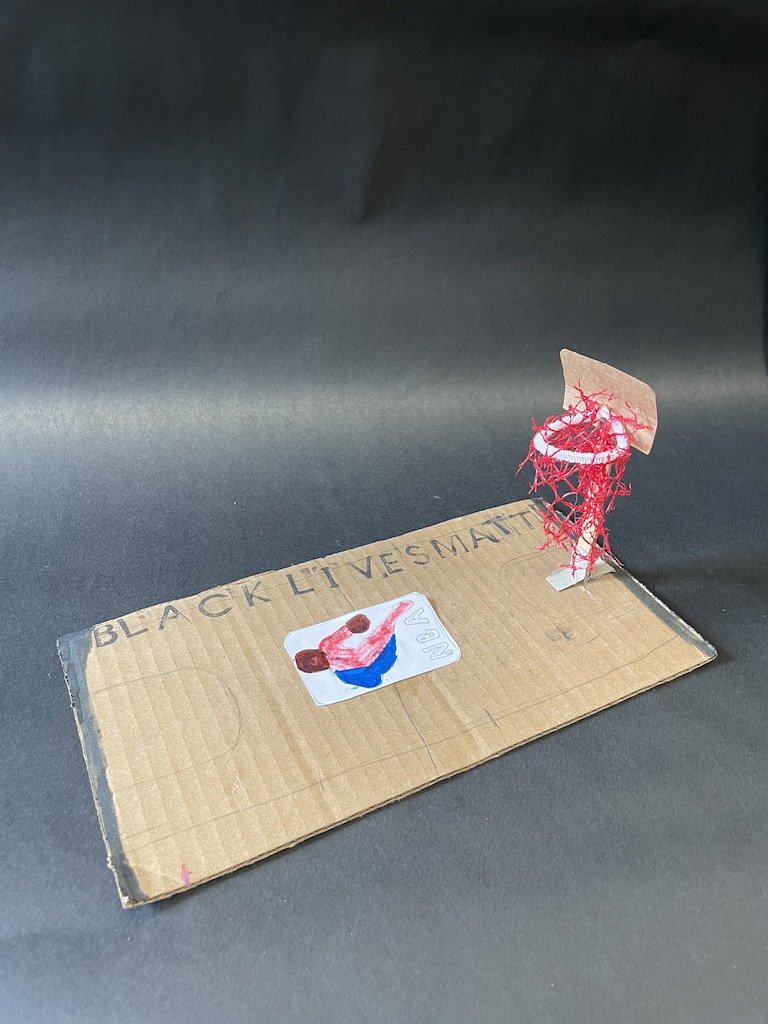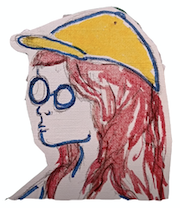Design Thinking For the Future
Innovative Inventions - Helpful Gear, Helpful Gadgets, Helpful Structures, & Helpful Systems
2nd-7th Grade
-
Goal / Focus
Students will be inspired by the work of Olalekan Jeyifous to imagine improved and/or helpful futures! They will focus on the first four steps of the Design Thinking process: empathize, define, ideate, and prototype.
Students will be able to identify a need in order to properly plan a design that provides a solution to that need. Students will be able to identify the ways in which it can be important to imagine the future through art in order to discover the relevance of design thinking.
Students will ponder the following Big Idea Questions-
Why could it be important or useful to imagine the future through art?
How can ideas we explore through art/design help a person or community?
-
Materials / Skills / Technique
Students will be able to design an architectural scene and/or invention in order to provide a solution to a problem or need they identify. Students will be able to use mixed media in order to represent their idea/invention. Students will be able to investigate their own wants and needs in order to compose an artwork representative of their own narrative and/or interests.
Sculpting media includes upcycled and otherwise discarded materials including cardboard, packaging, and single use plastic products.
Design Thinking is a design methodology that provides a solution-based approach to solving problems. It’s extremely useful in tackling complex problems that are ill-defined or unknown, by understanding the human needs involved, by re-framing the problem in human-centric ways, by creating many ideas in brainstorming sessions, and by adopting a hands-on approach in prototyping and testing.
-
Art Historical / Contemporary Context
Olalekan Jeyifous, commonly known as Lek, is a Nigerian-born visual artist based in Brooklyn, New York. His work explores the relationship between architecture and the spaces of African American and African diaspora communities and ways in which histories can be made visible and equity can be built. Jeyifous' work confronts social issues through installations and 3D computer models reflecting ideas about Afrofuturism and architectural dystopias.
Enviro-futurism was founded on the belief that technological advancement and preservation and proliferation of our natural environments don't have to be rivals. A model can exist where technology and nature embrace one another and form a mutually beneficial relationship.

-
Standards
VA:Cr1.2.4a Collaboratively set goals and create artwork that is meaningful and has purpose to the makers.
VA:Cr3.1.4a - Revise artwork in progress on the basis of insights gained through peer discussion.
VA:Pr5.1.4a - Analyze the various considerations for presenting and protecting art in various locations, indoor or outdoor settings, in temporary or permanent forms, and in physical or digital formats.
VA:Cr2.3.4a Document, describe, and represent regional constructed environments
VA:Re8.1.4a Interpret art by referring to contextual information and analyzing relevant subject matter, characteristics of form, and use of media.
VA:Cn10.1.4a Create works of art that reflect community and cultural traditions
VA:Cn11.1.4a Through observation infer information about time, place, and culture in which a work of art was created.
VA:Re7.2.4a - Analyze components in visual imagery that convey messages.
VA:Re8.1.4a - Interpret art by referring to contextual information and analyzing relevant subject matter, characteristics of form, and use of media.









